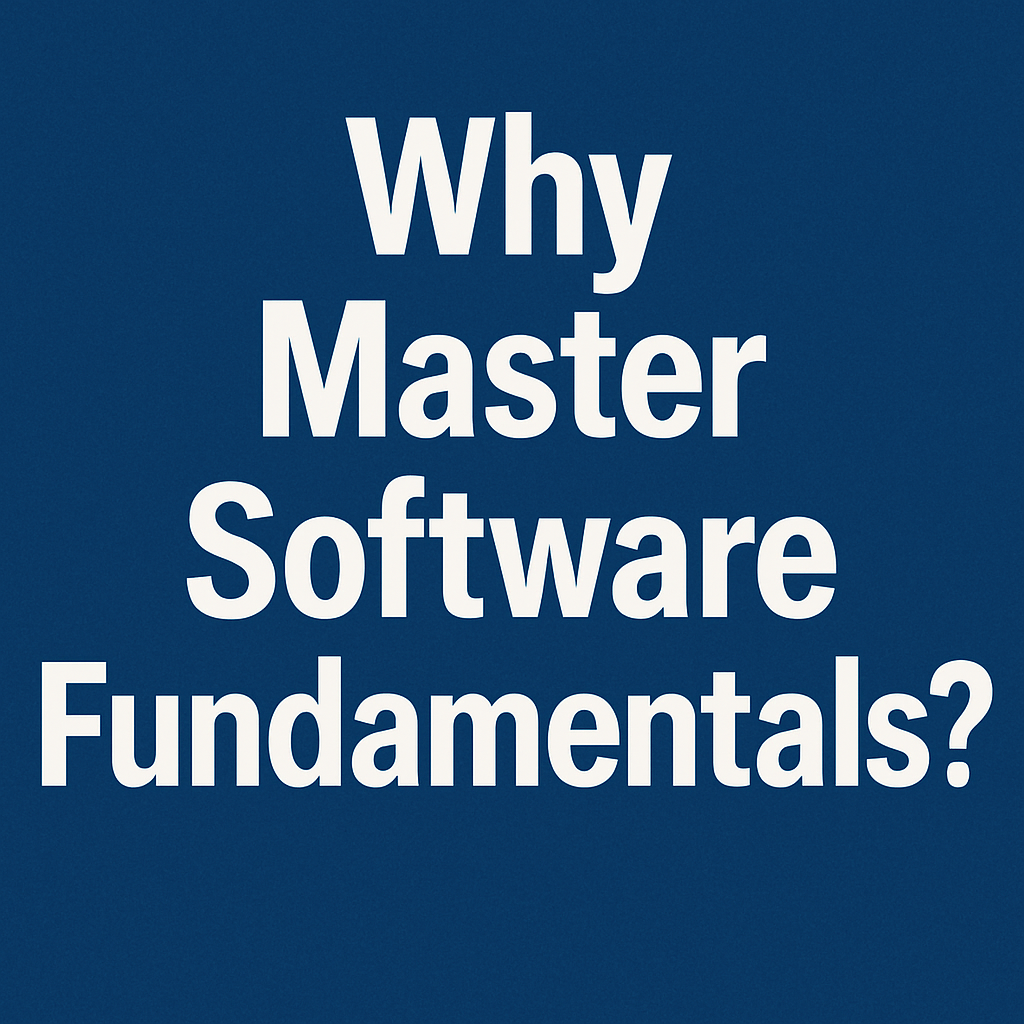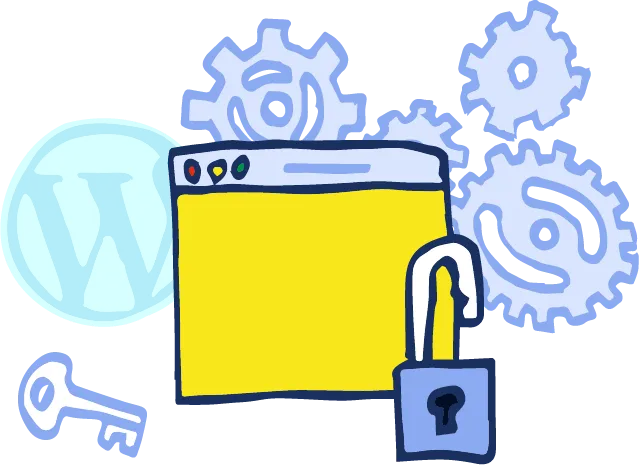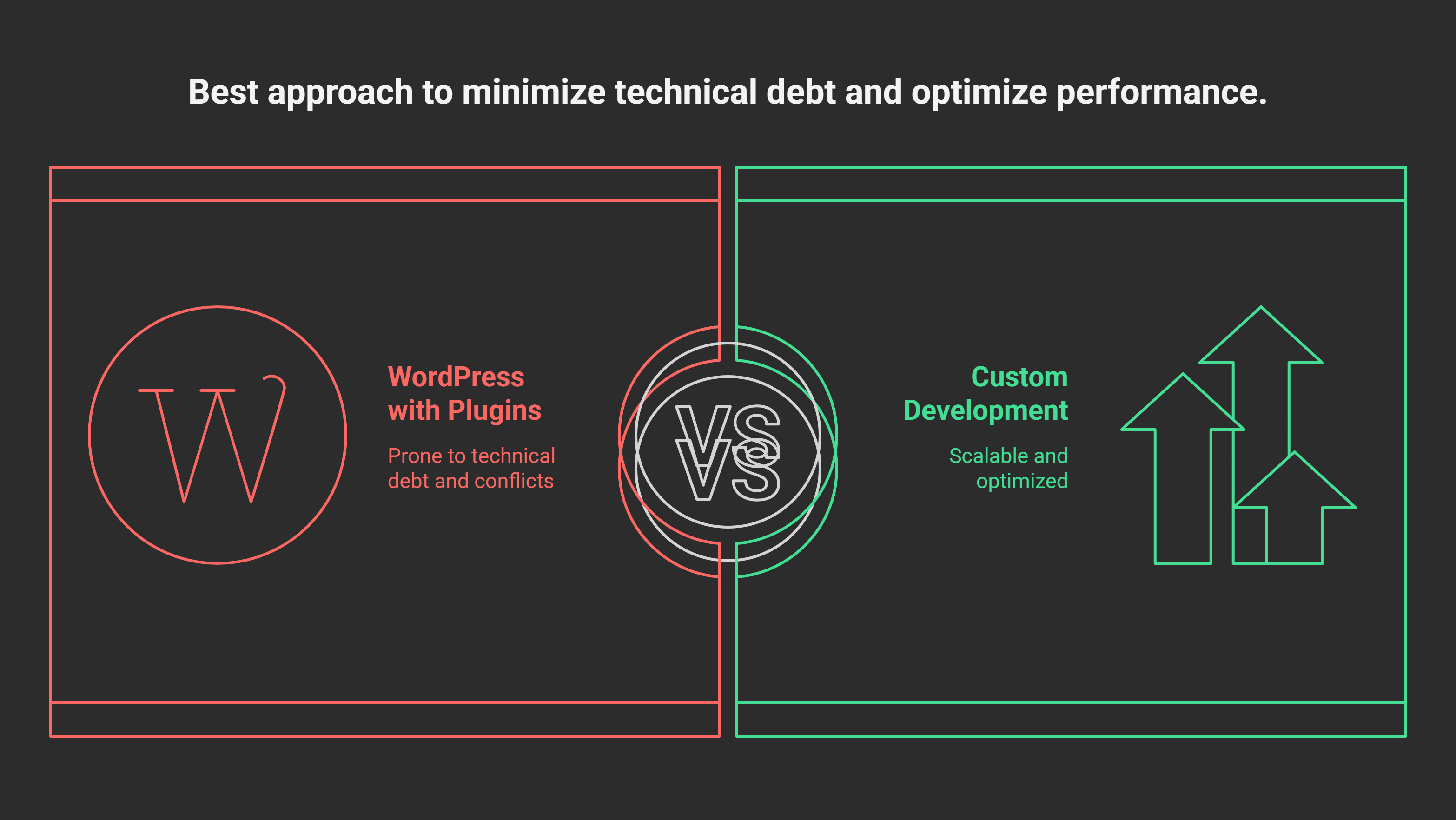How Can You Overcome Common Pitfalls in Enterprise Application Software Development and Achieve Success?
Enterprise Application Software (EAS) is the backbone of modern organizations, streamlining processes and optimizing workflows. Yet, the success of any EAS project hinges on meticulous planning and execution.
Many organizations today struggle with EAS projects that fall short of expectations. This often stems from inadequate requirements gathering, insufficient understanding of organizational workflows, and poor decision-making regarding design and implementation. As a result, companies face delays, increased costs, and subpar software performance. Recent studies show that 70% of EAS projects experience delays due to poor planning (Source: McKinsey, 2023).
Imagine a company embarking on a new EAS project without clearly defined requirements. This could lead to misunderstandings, delays, and ultimately, an unsatisfactory outcome. For example, a global logistics firm seeking a new EAS for inventory management needs to specify key functionalities, user roles, and integration requirements. However, current solutions often lack comprehensive documentation, resulting in misaligned development efforts.

A study by the Project Management Institute found that thorough requirements gathering can reduce project overruns by up to 50% (Source: PMI, 2023).
Consider a healthcare institution transitioning to a comprehensive EAS solution for patient records. Current solutions frequently fail to thoroughly understand the intricacies of organizational workflows, compliance requirements, and security protocols. This oversight leads to poorly tailored systems that do not meet the unique needs of the healthcare industry.

Compliance and security tailored EAS solutions have increased efficiency in healthcare by 30% (Source: HealthTech Magazine, 2023).
Imagine a financial institution contemplating an EAS upgrade to enhance customer experience. The decision-making process is critical but often hampered by a lack of emphasis on key factors like data security, compliance, and scalability. Many existing solutions do not offer the flexibility needed to accommodate future growth, leading to outdated and inefficient systems.

Gartner reports that cloud-based EAS solutions are 40% more scalable than traditional on-premises solutions (Source: Gartner, 2023).
Design isn't just about aesthetics; it's about creating a seamless user experience. For instance, envision a customer relationship management (CRM) system for a global sales team. Current solutions often overlook the importance of visual tools like flow charts and entity relationship diagrams, resulting in systems that are not user-friendly or aligned with the organization's branding and user experience goals.

Knowing the limitations of current approaches, let's outline what a perfect solution would look like:
- Comprehensive Requirements Documentation: Detailed blueprints, user roles, key functionalities, and integration requirements.
- In-depth Research and Discovery: Tailored understanding of industry-specific workflows, compliance requirements, and security protocols.
- Informed Decision Making: Emphasis on data security, compliance, scalability, and future growth. Opting for flexible, cloud-based solutions where appropriate.
- Meticulous Design Visualization: Use of visual tools to create a seamless user experience, ensuring alignment with organizational goals and branding.
My approach ensures each phase of EAS development is handled with the utmost precision and care:
By engaging stakeholders early and often, we ensure comprehensive documentation that acts as a guiding light throughout development. For example, a global logistics firm would benefit from a detailed specification of functionalities, user roles, and integration points, ensuring all parties are aligned from the outset.

We dive deep into understanding your organization's unique needs. For a healthcare institution, this means tailoring the EAS solution to meet stringent compliance and security standards, ensuring seamless integration and optimal performance.

Our approach emphasizes informed decision-making, prioritizing factors like data security and scalability. By opting for cloud-based solutions, for instance, we provide the flexibility needed for future growth.

We use advanced visual tools to create intuitive and aesthetically pleasing designs. For a CRM system, this means flow charts and entity relationship diagrams that ensure functionality and user-friendliness.

Investing time and effort into each phase of EAS development paves the way for a smoother development process and enhances software quality and success. This approach ensures that the EAS not only meets your organization's current needs but also sets the foundation for future growth and innovation.
By embracing comprehensive requirements gathering, in-depth research and discovery, informed decision making, and meticulous design visualization, you can revolutionize your EAS development process and achieve unparalleled results.
Ready to take your business to the next level? Let’s make it happen.
Recommended For You

How Can You Take Control of Software Development and Ensure Ethical Standards?

Why Is Your API Design Holding You Back?

Why Software Engineering Fundamentals Can Transform Your Business Success

Unlock Faster, Safer Websites: Why Businesses Are Choosing Next.js Over WordPress

Why Settle for Less? How Custom Web Development Fuels Your Business Growth

Is Your Startup’s MVP Ready to Scale? Build Smart, Win Big

From Vision to Results: The Executive's Guide to Web Applications That Deliver Business Growth
